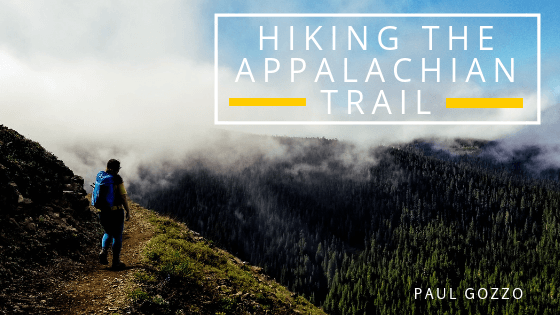2,190 miles. From Georgia to Maine. Thousands of hikers attempt to take on the long expedition every year, but many do not succeed in their thru-hike mission. The Appalachian Trail stretches across 14 states on the eastern half of the country, exposing hikers to some of the most beautiful views in nature. On average thru-hikers, the name associated with hikers who hike the complete trail end-to-end on one continuous mission, can take upwards of seven months to complete this journey. If you are thinking about making the life-changing journey to thru-hike the Appalachian Trail, or even if you split it up into smaller sections, here are few tips coming from a guy who has often fantasized about a thru-hike, but has only made the time for short excursions thus far.
Do your research.
It might be common sense, or it might not be, but make sure you take the time to do plenty of research before planning your trip. Take time to connect with previous hikers and pick their brains or at a minimum, read their ramblings. And, if possible, try to meet new hikers especially if you can find compatible adventurists who plan to head out during the same time frame as you. There are several online boards that you can read about other people’s experiences that will offer unique pieces of advice for many aspects of the trail. You can also register your hike with the Appalachian Trail to share your itinerary and start dates with other prospective hikers. This is also beneficial for the environment as it is a great way to avoid overcrowding and destruction of the vegetation throughout the trails.
One of the first big decisions you will need to make in your planning is when you will start and which direction you will head. Thru-hikers will rarely begin in Maine and head south, as the terrain is very difficult in the north. However, starting at the base in Georgia is likely to be heavily populated and depending on the time of year, can be quite warm.
Another option many choose is to start in the middle of a trail and complete the hike in portions, so not a thru-hike, but more of a piece by piece approach to succeeding the overall goal of completing the entire trail. Since things like work and life commitments may be in the way of a half-year hiking vacation, this route may make the most sense. Also, weather could play a huge factor in the timing and direction you choose, so make sure to keep that a core consideration, even if you are committed to one plan and things change as you approach your start date.
Among the many things you will need for sure is a map of shelters along the way so you can plan accordingly. There are more than 250 shelters on the route that can offer a dry place and safe place to rest especially in the event of poor weather.
Have the right gear.
There is a science to determining how much weight you should be carrying with you, but to make it simple: travel as light as you can. Over the course of days, weeks, and months, a heavy load can wear you down physically and emotionally. Not only will it slow down your pace, but it can have many negative effects on your body. This is one of the most important parts of connecting with other hikers prior to starting your journey; the knowledge about necessary items and even modern equipment can be extremely helpful to your future safety and overall comfort level on the trail.
In short, keep your pack simple and comprised of ultralight must needed items. It’s okay to bring a few comfort items, whether that be a small chair or a coffee maker especially if you have tested them out prior, but never take brand new gear on your expedition without testing it out first. Blisters can ruin you the same way damp clothes can! So make it a priority to test out ALL your gear before heading out.
Lastly, take into account how much non-perishable food items you will be bringing and how you will pack them and of course, don’t forget to hang your food up high overnight to avoid any unwanted visitors!
Get in shape.
Don’t wait for your journey to tackle, “getting in shape.”
Hiking several miles per day is not for the faint of heart, especially over challenging terrain in foul weather. It is exhausting both physically and mentally. Prepping for this long journey ahead of time by getting in shape will help you tremendously, including giving you the confidence to start out and overcome obstacles along the way.
I suggest that you practice carrying your full pack on smaller hikes including setting up places to rest and eat so you can learn how to organize and pack effectively for better overall comfort. You can also rotate in other activities that incorporate cardio and leg exercises into your weekly regimen to help increase your stamina and endurance. You don’t need to be in tip-top shape, but it will make your hike more bearable if you build up a little strength and confidence prior to setting out.
Whether you are determined to hike all 2,190 miles of the Appalachian Trail or are taking it in sections, making the time to prepare for your trip is an incredibly important aspect of the journey. Believe in yourself, have fun, and enjoy the ride!
